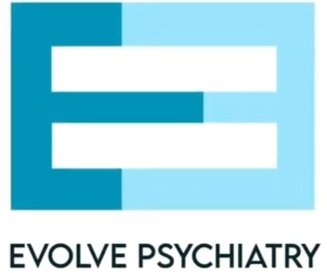TMS Treatment Targets Specific Areas of the Brain
Your psychiatrist can use TMS to treat your severe depression. This therapy can also target other issues involving the brain. It targets a specific area of the brain responsible for depression. If you want to know what specific areas of the brain TMS targets, here are the facts.
What the DLPC (dorsolateral prefrontal cortex) is
The prefrontal cortex is responsible for a person’s ability to distinguish between outcomes, ideas, and functions. It also allows an individual to make personality expressions. Decision-making is also part of its function. The DLPC can determine emotional reactions to events, people, and places. It can also release neurotransmitters, such as dopamine.
TMS, depression, and DLPC
Depression results from reduced brain activity. This decrease in brain activity affects the DLPC most. TMS is an effective treatment method for depression. This therapy involves placing a coil on the patient’s head. It will transmit magnetic pulses to stimulate the increase in brain activity.
This is a painless treatment. It allows the patient to travel to the clinic and drive home after the therapy. The patient can then return to normal daily activities after. The psychiatrist can adjust the intensity of the magnetic pulses.
Unilateral TMS therapy focuses on the left DLPC. The bilateral form of this therapy focuses on the right and left DLPC. This uses low-frequency pulses to decrease the brain stimulation in the right DLPC. The strong magnetic pulses increase brain stimulation in the left DLPC.
Right stimulation
A psychiatrist can stimulate the right side of the DLPC to treat patients with overactive depression and anxiety. These mental conditions result from too much brain activity. This needs low-frequency magnetic pulses. This can calm the brain activity in this part of the brain. The same happens to the left side of the DLPC. This will lower the patient’s anxiety levels as well.
Left stimulation
This is the most common form of TMS. It uses high-frequency magnetic pulses. The aim is to stimulate brain activity in the left DLPC. This is an effective treatment. Most insurance companies cover it. That is why psychiatrists recommend it.
Bilateral stimulation
This TMS therapy stimulates the left and right DLPC. A psychiatrist will use this treatment on patients with severe depression. This form of therapy is capable of treating the patient’s suicidal tendencies. Suicidal tendencies disappear after the treatment.
Better than invasive treatments
Electroconvulsive therapy (ECT) can harm memory and cognition. High-frequency brain stimulation with TMS improves cerebral functions. It is better than ECT because it does not need anesthesia. The patient does not need to deal with the side effects of this treatment.
Check out what others are saying about our TMS services on Yelp: Transcranial Magnetic Stimulation in Massapequa, NY
Read more about TMS Therapy here.

